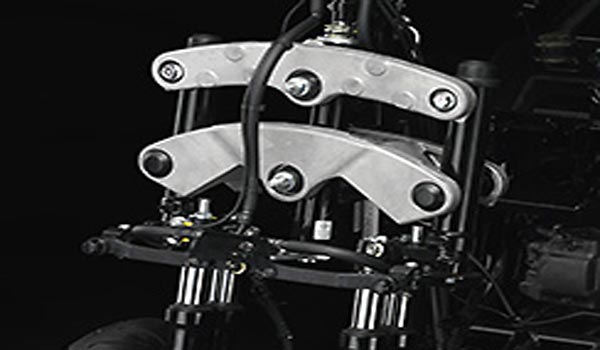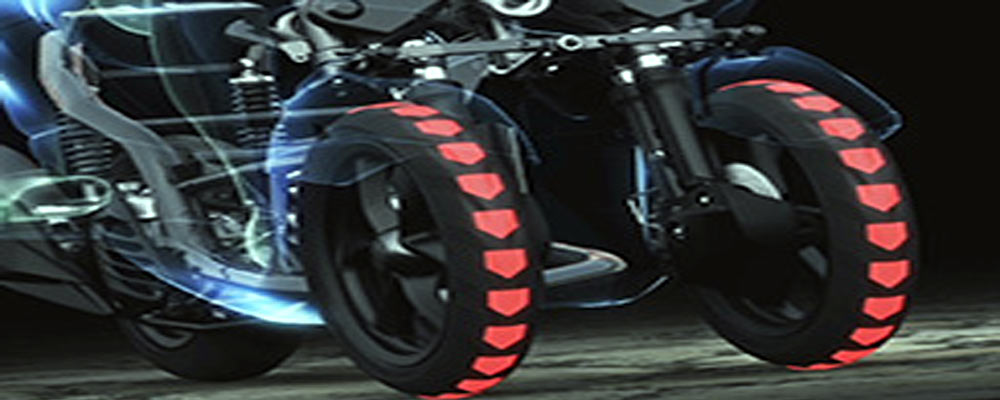What is Leaning Multi Wheel Technology?
The term LMW stands for the Leaning Multi Wheel. It is the latest technology designed, developed, and employed by Yamaha in its tricycles. This vehicle has three wheels – two at the front and one at the rear. This design consists of a unique parallelogram link suspension. This link connects both front wheels in such a way that both the wheels lean together with the motorcycle chassis. Thus, it provides a natural handling feel and better riding ability. Yamaha offers this technology in its Tricity 125 and sports tourer – Yamaha Niken models.

One of the key phrases the engineers arrived at in the development of this sport LMW was: “a light, easy-to-ride LMW.”
Components:
Leaning Multi Wheel technology consists of front steering or handlebar and suspension system. It uses a parallelogram link and cantilevered telescopic suspension set that works in total synchronization with each other. The parallelogram link uses parallel quadrilateral arms that move to lean the two front wheels. Also, it is very crucial for the two front wheels to lean and act jointly with the chassis while cornering. This is because the wheel track (distance between the left and right wheels) changes very little when riding. Thus, the rider enjoys a feeling of lightweight handling and stability.

Furthermore, the three-wheeled tricycle also employs a Cantilevered Telescopic Suspension. It features better handling characteristics and cushioning performance. According to Yamaha, This suspension also contributes to the lightness felt during sporty riding. The right and left forks are tandem-fork types. Besides, the suspension and Leaning Multi Wheel mechanism work in tandem so that they absorb the shocks of paved streets or rough road surfaces well and thus provides a comfortable ride.
Advantages of Leaning Multi Wheel Technology:
Additionally, this technology can maintain stability while in operation if one of the two front wheels has a good grip on the surface. Thus, it reduces the risk of falls due to front-wheel slippage. The two front wheels provide excellent grip as the area of contact increases and make stronger braking. Even if a sudden gush of crosswind occurs, the vehicle doesn’t fluctuate much because there are two front wheels instead of just one. Thus, Leaning Multi Wheel technology gives the rider a clear feeling of stability. Yamaha has employed this technology in its sports tourer – Yamaha Niken.

Conclusion:
This technology is particularly helpful for novice or amateur riders who are new to motorcycle riding. In conclusion, Yamaha’s Leaning Multi Wheel is an innovative and disruptive technology that could be a game-changer in the tricycle market in the world.
All Images – Courtesy Yamaha
Watch Leaning Multi Wheel technology in action here:
Read More: How Motorcycle Stability Control works?>>
